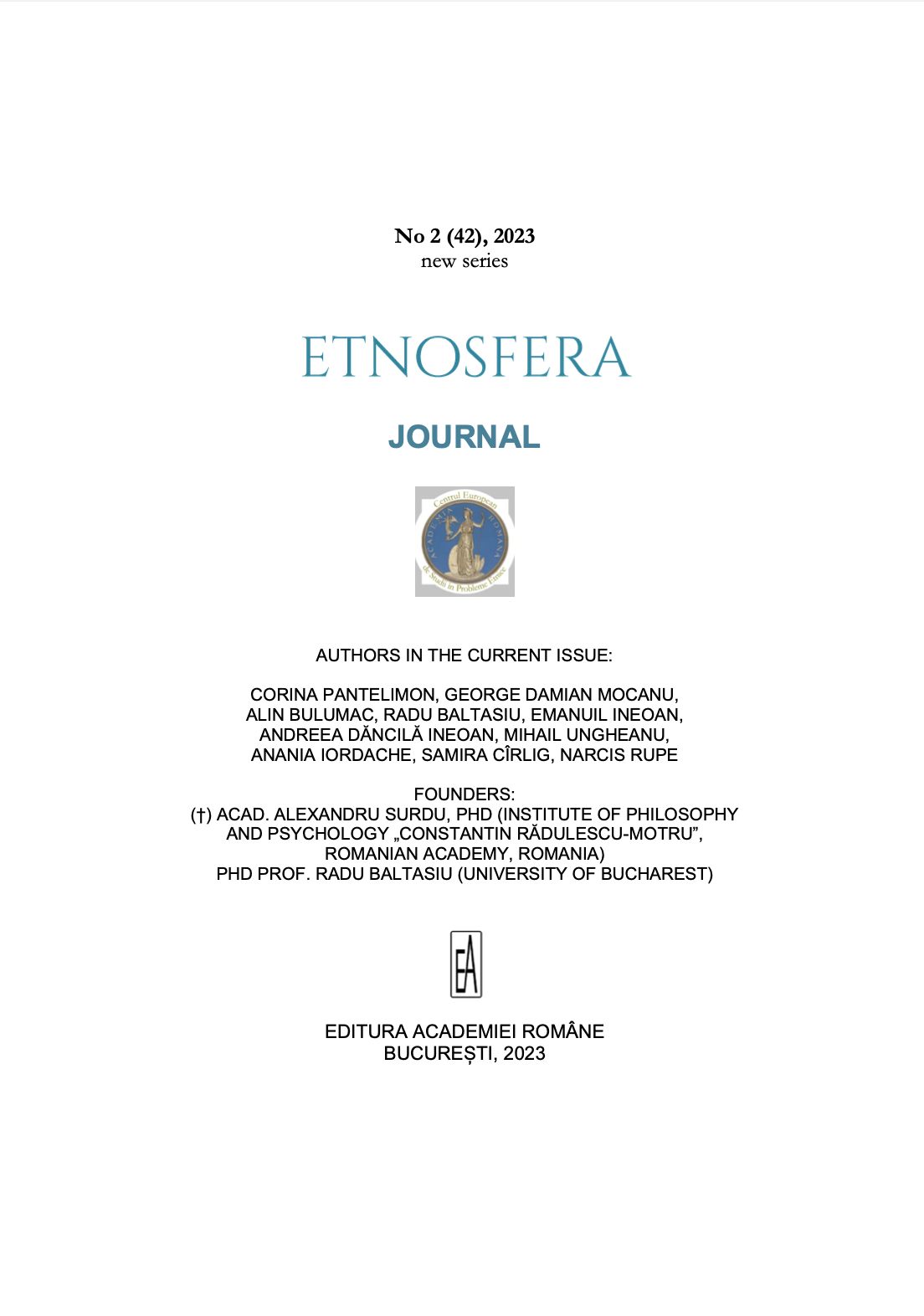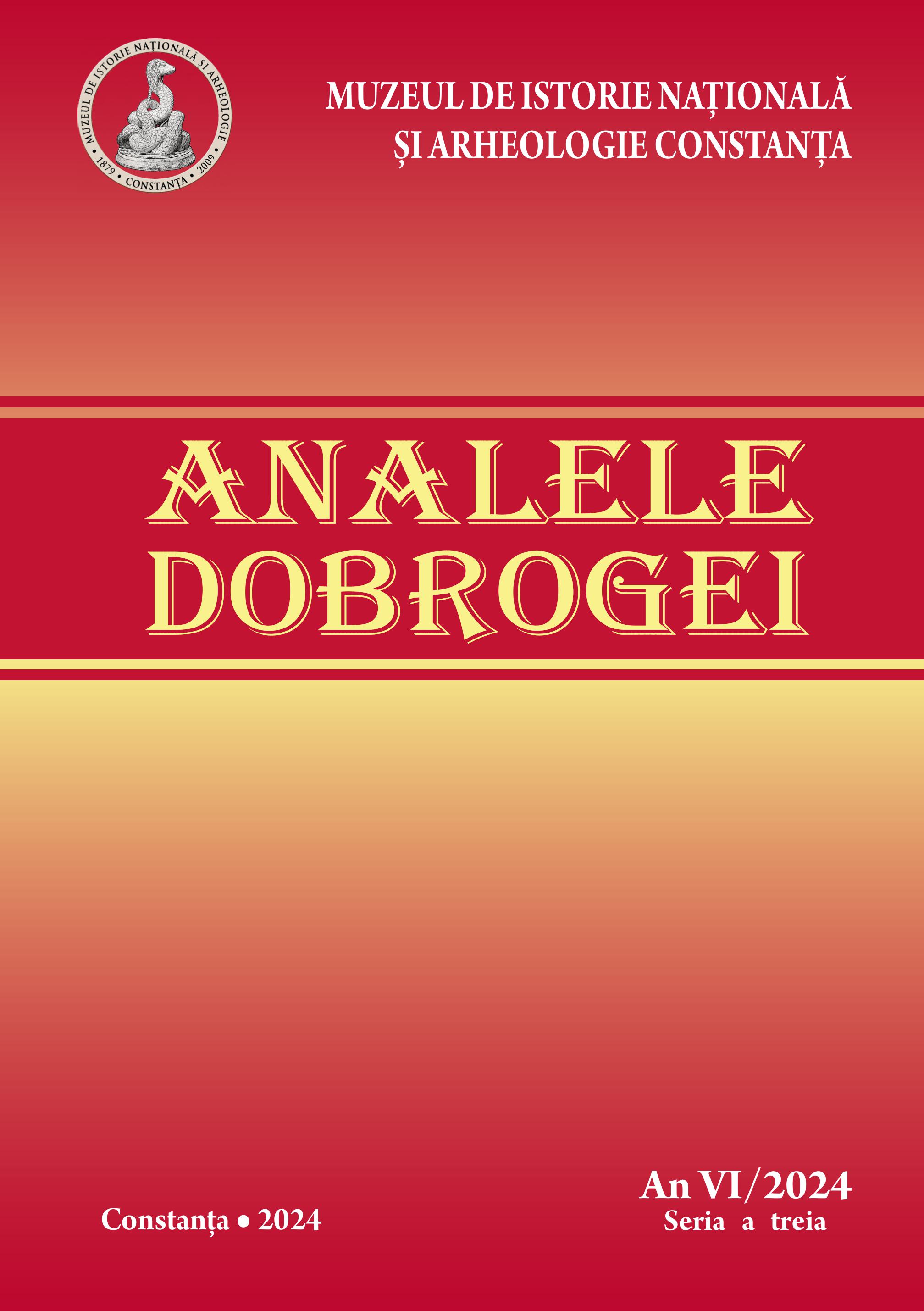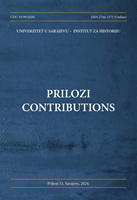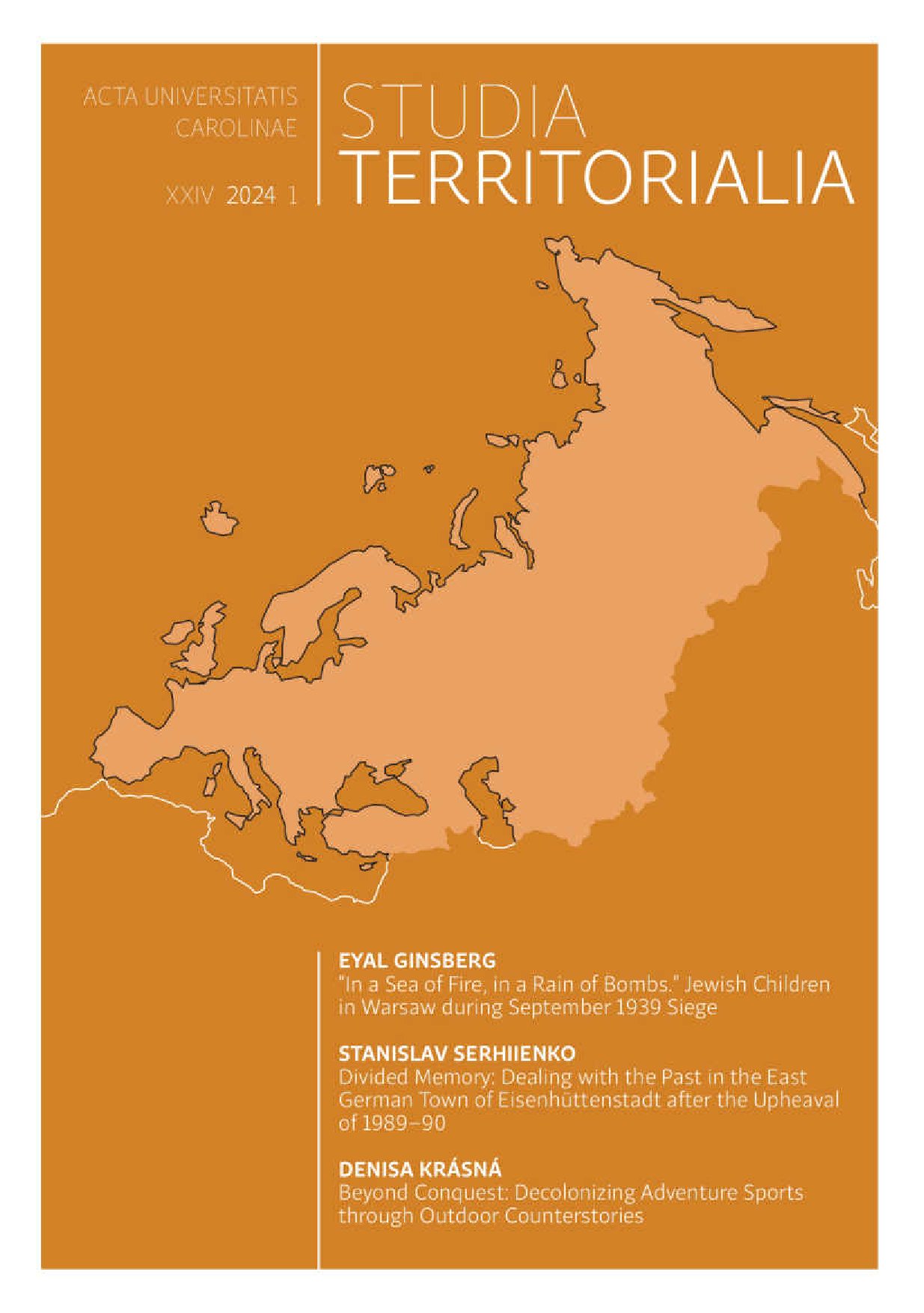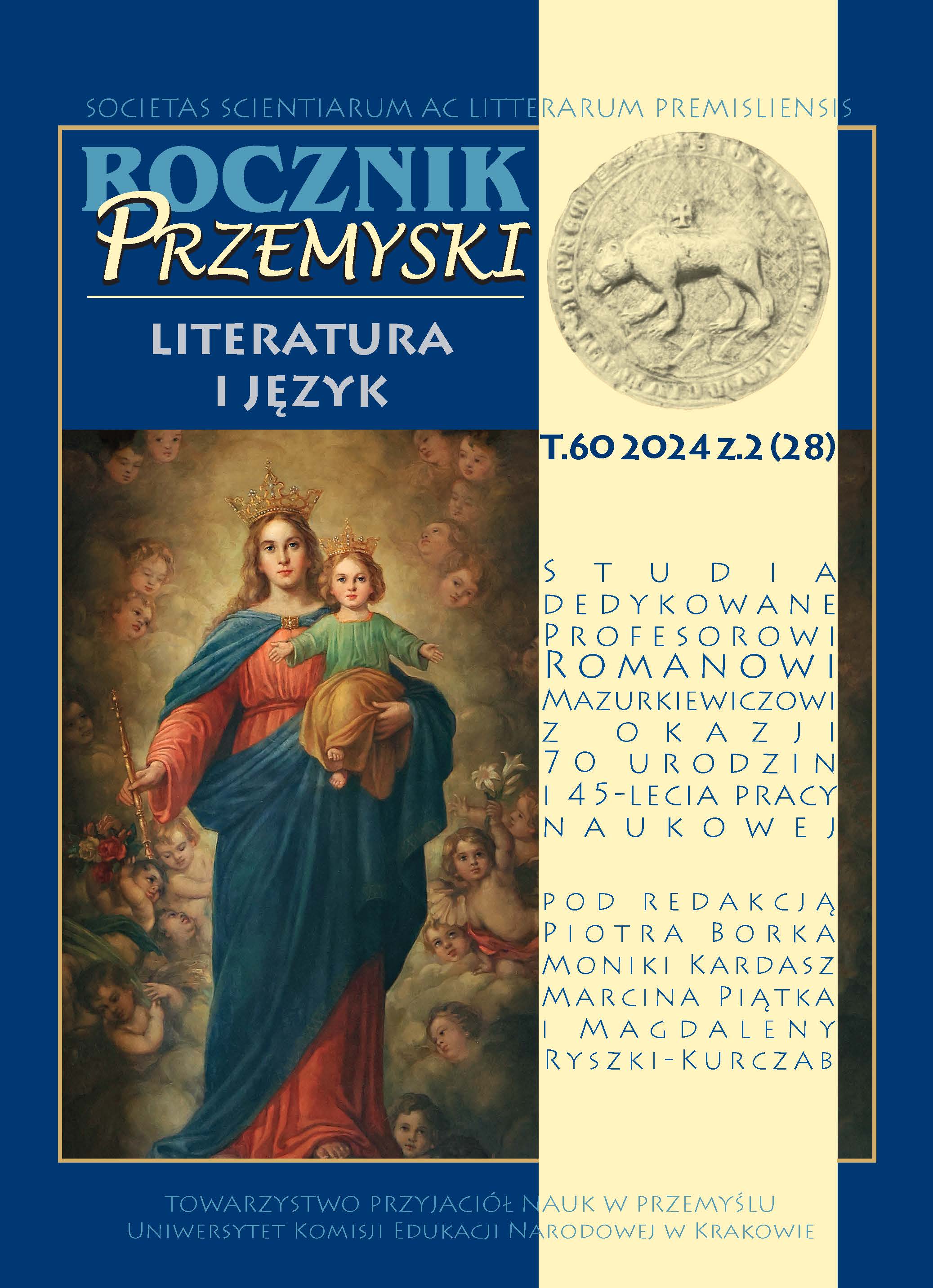Author(s): Jarosław Drozd / Language(s): Polish
Issue: 15/2024
Gabriel Wiktor Rola‑Rożniecki (born November 12, 1816, in Warsaw) was one of the most versatile Polish composers of the second half of the nineteenth century. He created various musical works: operas, operettas, ballets, oratorios, songs, masses, psalms, cantatas, symphonies, and string quartets. In the literature, he is presented as the son of the president of the Warsaw Government Theatres, cavalry general Aleksander Antoni Rola‑Rożniecki. However, archival sources contradict this, indicating that the musician was the biological son of a veteran of the Napoleonic campaigns, Lieutenant Ludwik Leduchowski, and Ludwika de Boyer Vernon, formerly Rynkiewicz, later Leduchowska. In 1838, his mother married General A. Rożniecki, and as a result of this marriage, her four sons, who until then bore the surname Leduchowski, were officially recognized as Rożniecki’s children. Rożniecki even asserted in the parish office of the Church of the Holy Cross in Warsaw that he was their biological father. Between 1844 and 1847, through court judgments, the stepfather disinherited the aforementioned sons. Gabriel studied at a Jesuit college in Paris and then graduated from the Polytechnic School in Palaiseau, simultaneously attending music studies and supporting himself by playing the cello. In 1839, he returned to Warsaw, performing as a singer on amateur stages. In 1844, to continue his musical education, he traveled to Rome, then in 1845 to Berlin, and subsequently to Vienna, developing his musical talent under the guidance of Henry Charles Litolff and Franz Liszt. In August 1846, he went to Rome, and in January 1847, he joined the St. Cecilia Music Academy there. Sought by the Russian authorities for avoiding conscription and leaving the country without permission, facing the risk of losing his nobility, in 1848 he enlisted in the foreign legion, fighting under the French flag during the conquest of Algeria. In 1849, he returned to Rome, co‑founding the Mickiewicz Legion. He was one of its most steadfast soldiers, staying close to the poet, who placed great trust in him. He participated in campaigns in Lombardy, Piedmont, and Tuscany, rising to the rank of second lieutenant. In April 1849, he fought alongside Giuseppe Garibaldi in defense of republican Rome. After the city’s capitulation and the disarming of the Legion, he went to Florence, starting efforts to return to Warsaw. He succeeded only after 9 years. He debuted as a conductor in September 1858, and in December, he took over the duties of the ballet orchestra director at the Warsaw Opera. Soon after, he became the conductor of the orchestra of the Warsaw Government Theatres. In January 1864, he married the former prima ballerina Marianna Aleksandra Freytag, with whom he had three children. After the premature death of his first son (Gabriel Junior) and his wife, in 1874, he opened a steam dyeing plant in Warsaw’s Praga district. Despite being equipped with the latest machinery used by such establishments in Western Europe at that time, it led to financial failure, contributing to the loss of savings and condemning the Rożnieckis (Gabriel raised his daughter Jozefa Teofila and son Henryk) to a life of poverty. Years of health problems led to his death on September 3, 1887, in Warsaw, due to complications from kidney stone surgery.
More...
